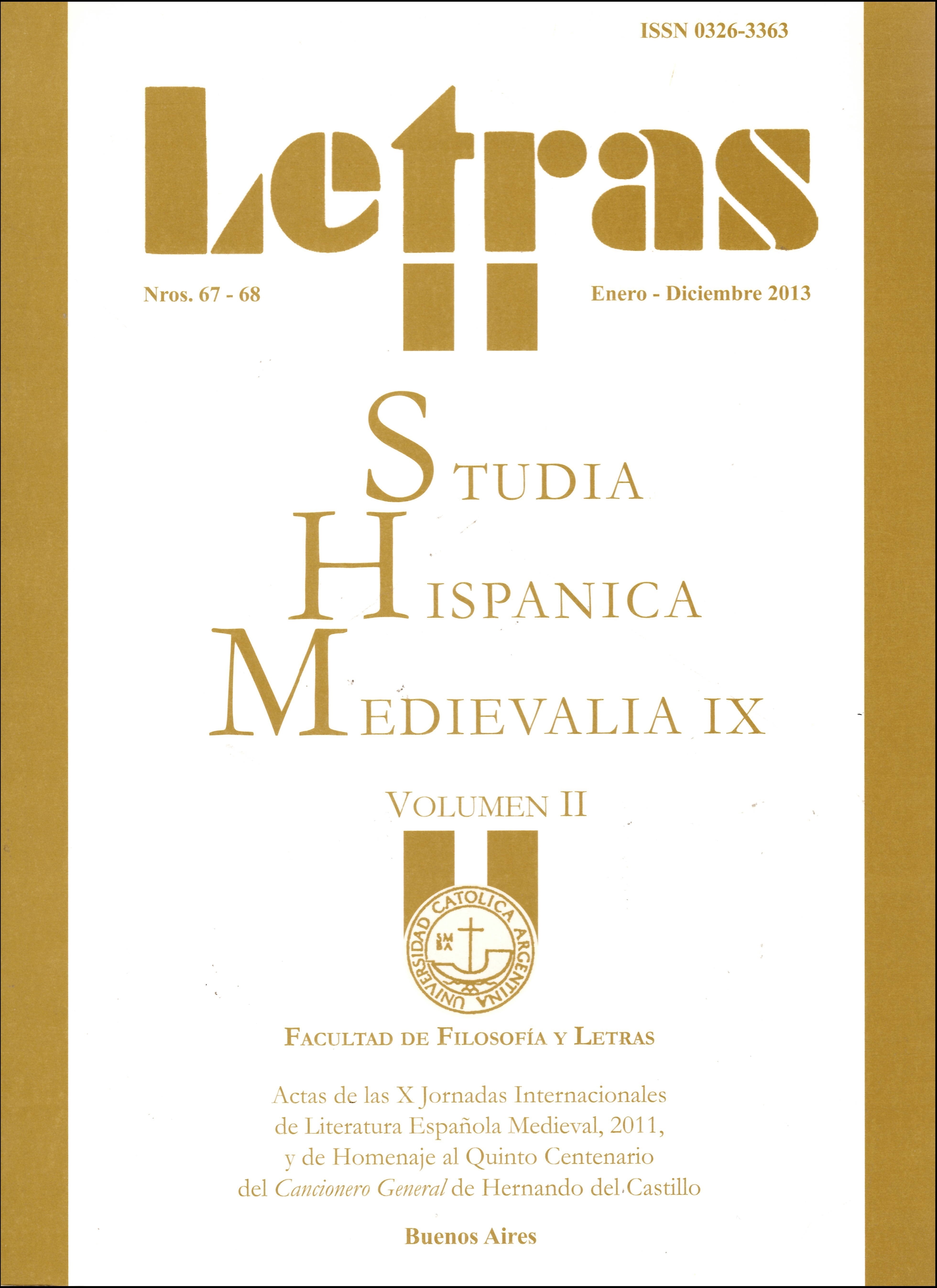Los regicidios de Zamora y de Montiel en las crónicas castellanas
Keywords:
Violence, Medieval History, Castilla, Regicide, ChroniclesAbstract
We compare two regicides committed in Castilla, separated by more than three hundred years, in a mainly historical approach. Based on a current research, this paper reverses the chronological order, beginning with the events of Montiel. The fratricide and regicide of Pedro I by Enrique of Trastámara has a foundational character, because from that event a new dynasty was established in Castilla. The fratricide was undoubtedly recognized by the perpetrator. The chronicler López de Ayala presents a crossed dichotomy: he constructed the figure of a king with an indubitable legitimacy source, who was losing legitimacy because of his own monstrous actions, and the opposed figure of an usurper who acquires legitimacy by fulfilling a divine mission. On the other hand, in the murder of Sancho II, the alleged incitement to crime from his sister Urraca is even ignored in some of the sources. It is relevant to highlight the collective responsibility attributed to the Council of Zamora, who is accused of the king's death. In both regicides we will work the symbolic and foundational violence, the scenes of violence and the participation of key actors: the kings, the nobility and the community.Downloads
Downloads
Published
2019-04-23
How to Cite
Devia, C. (2019). Los regicidios de Zamora y de Montiel en las crónicas castellanas. Letras, (67-68), 55–64. Retrieved from https://erevistas.uca.edu.ar/index.php/LET/article/view/1792
Issue
Section
Ponencias
License












